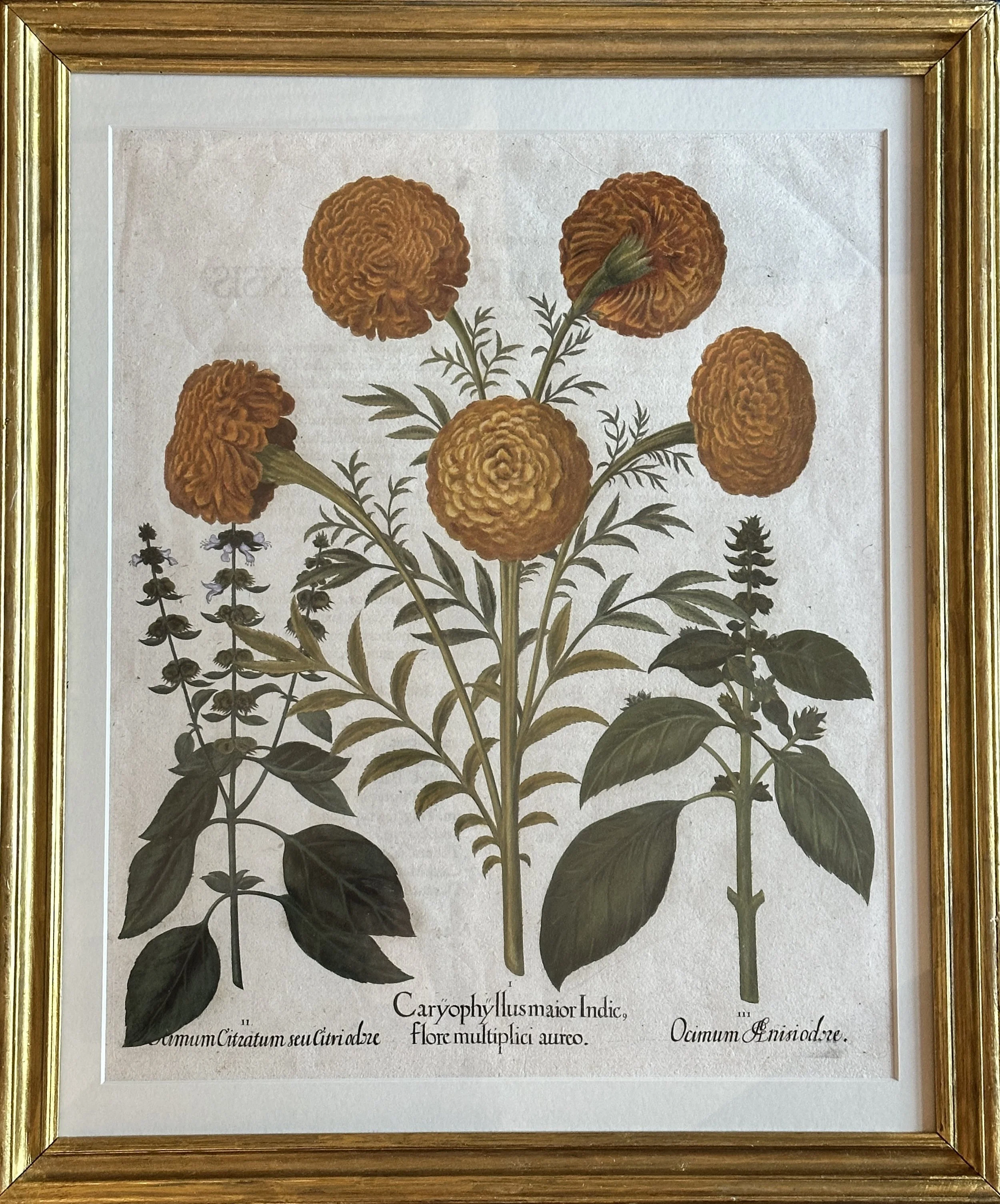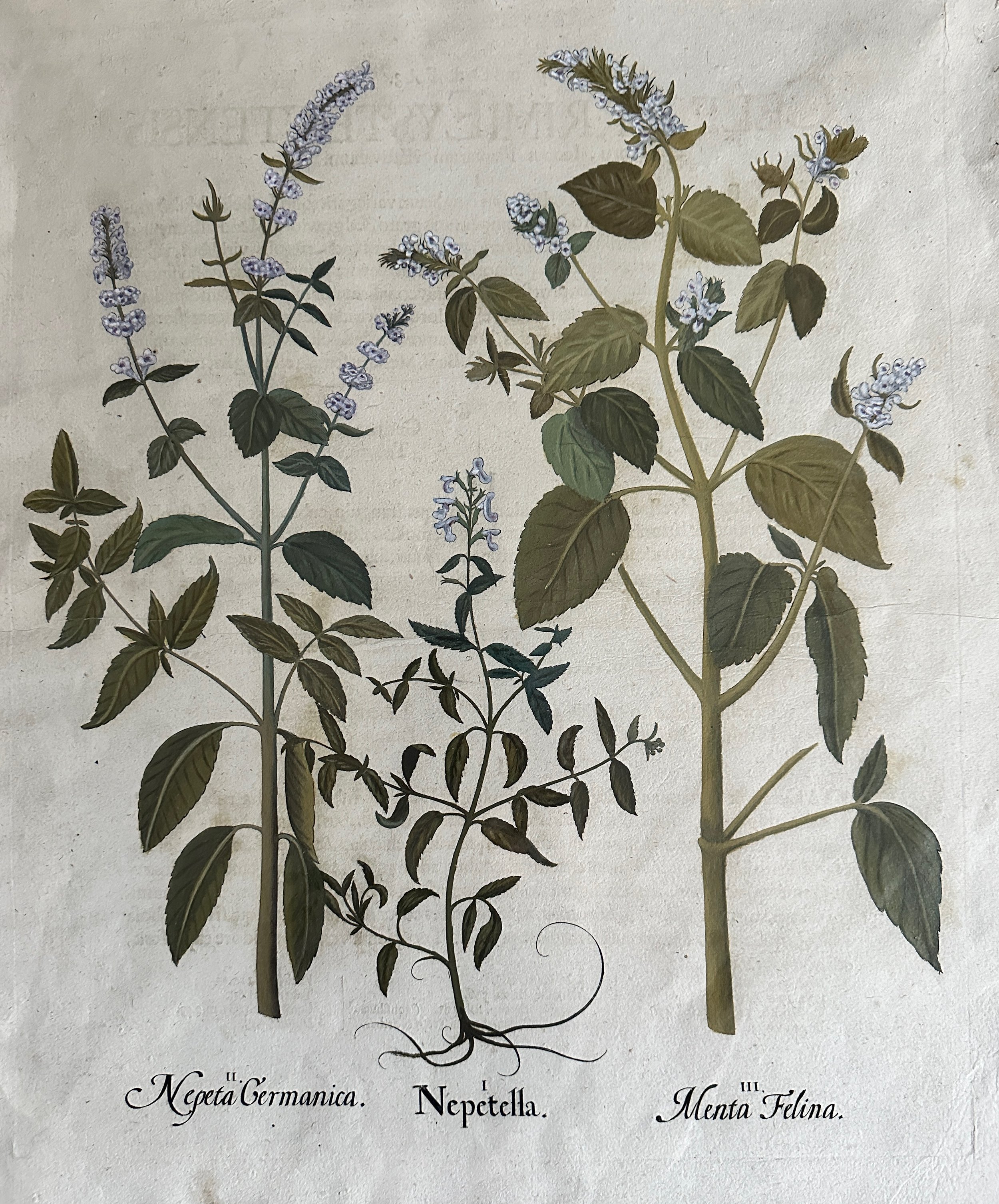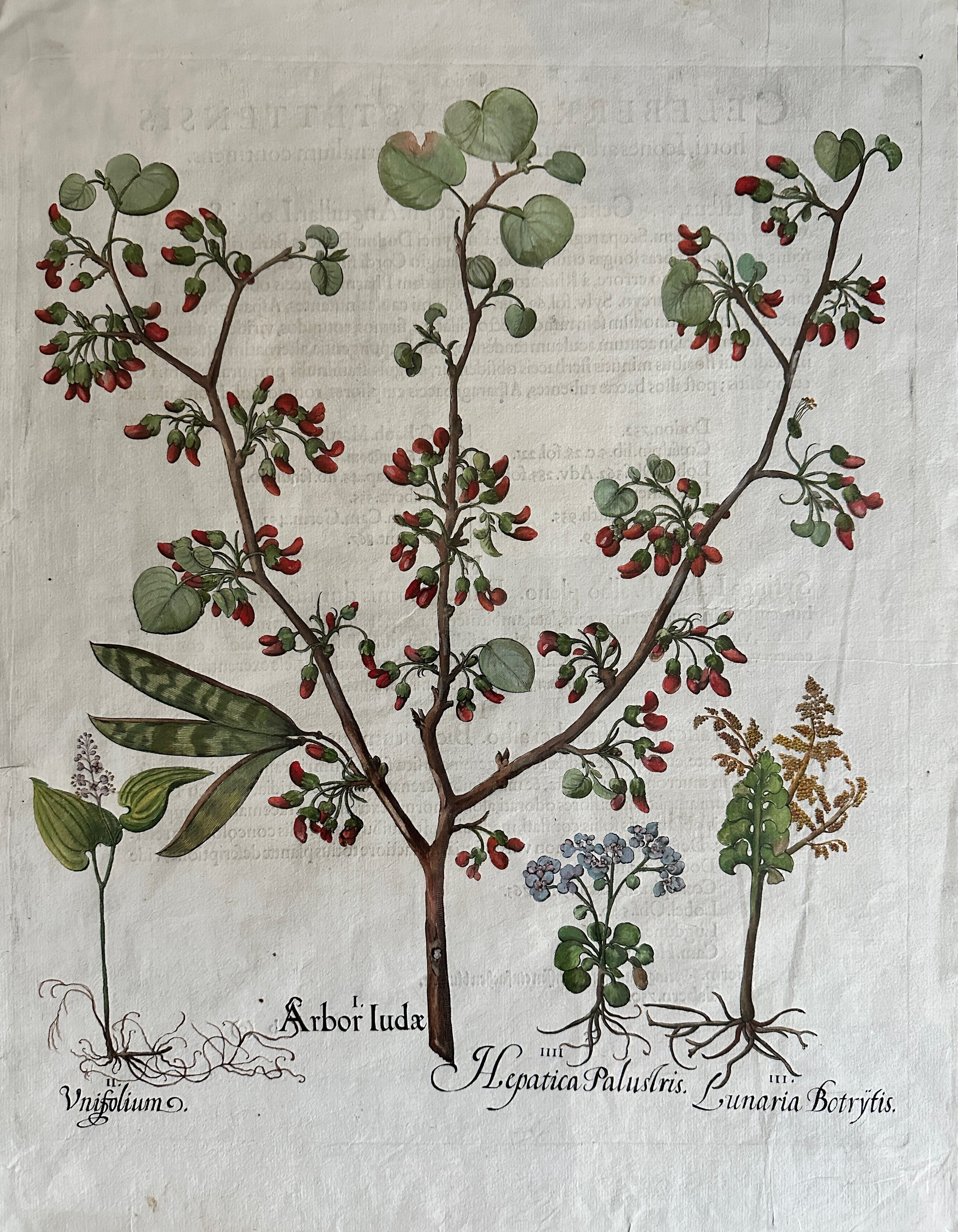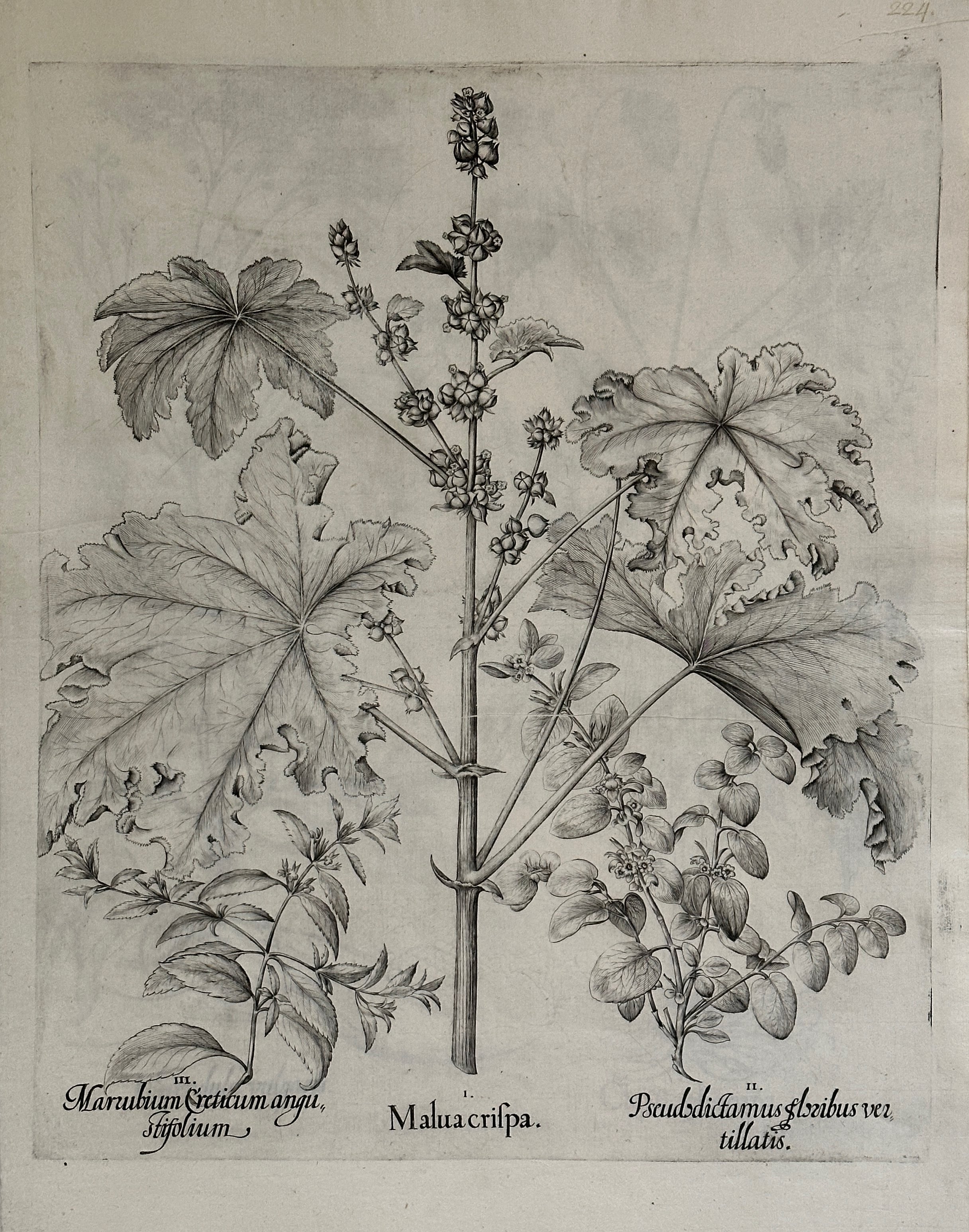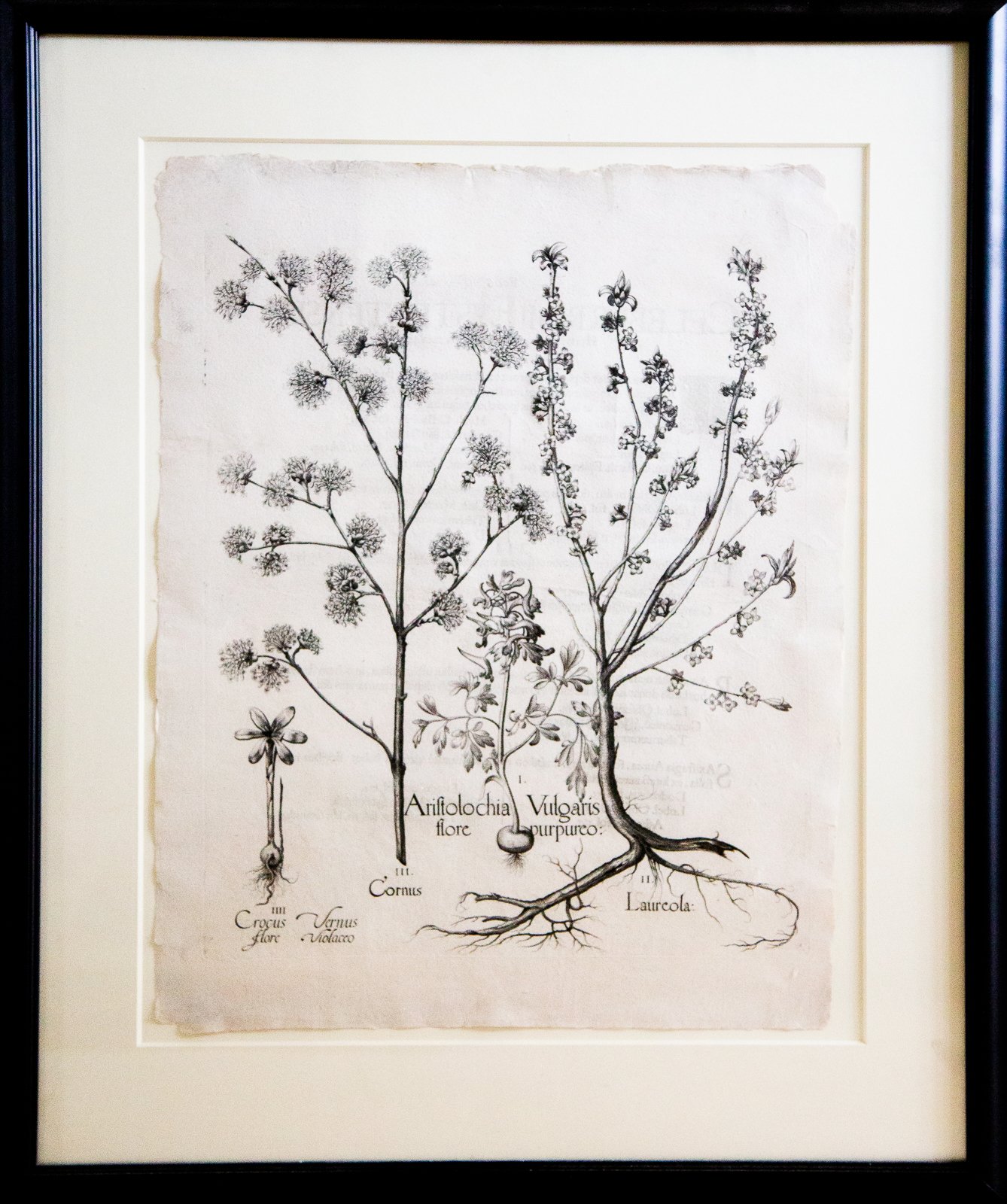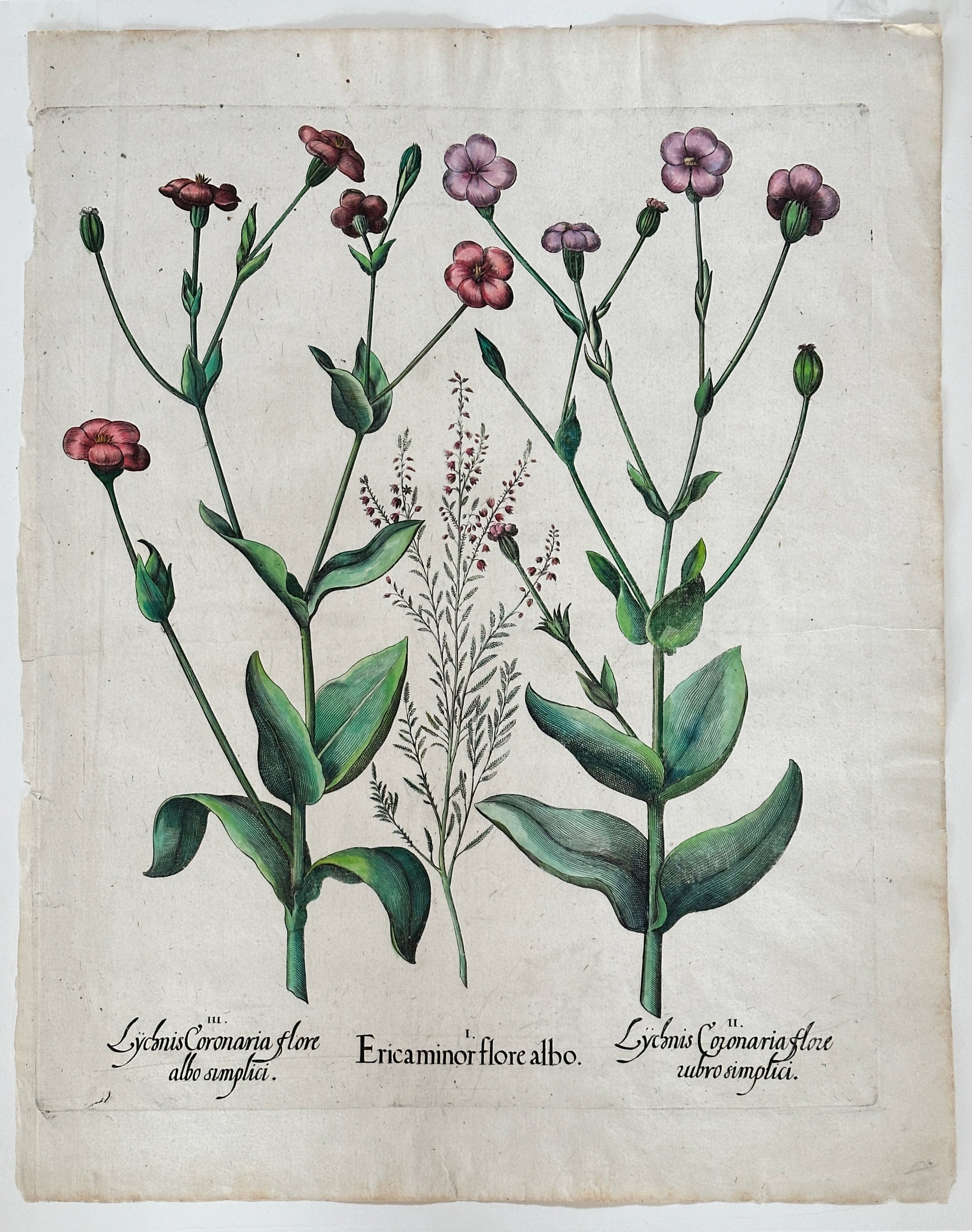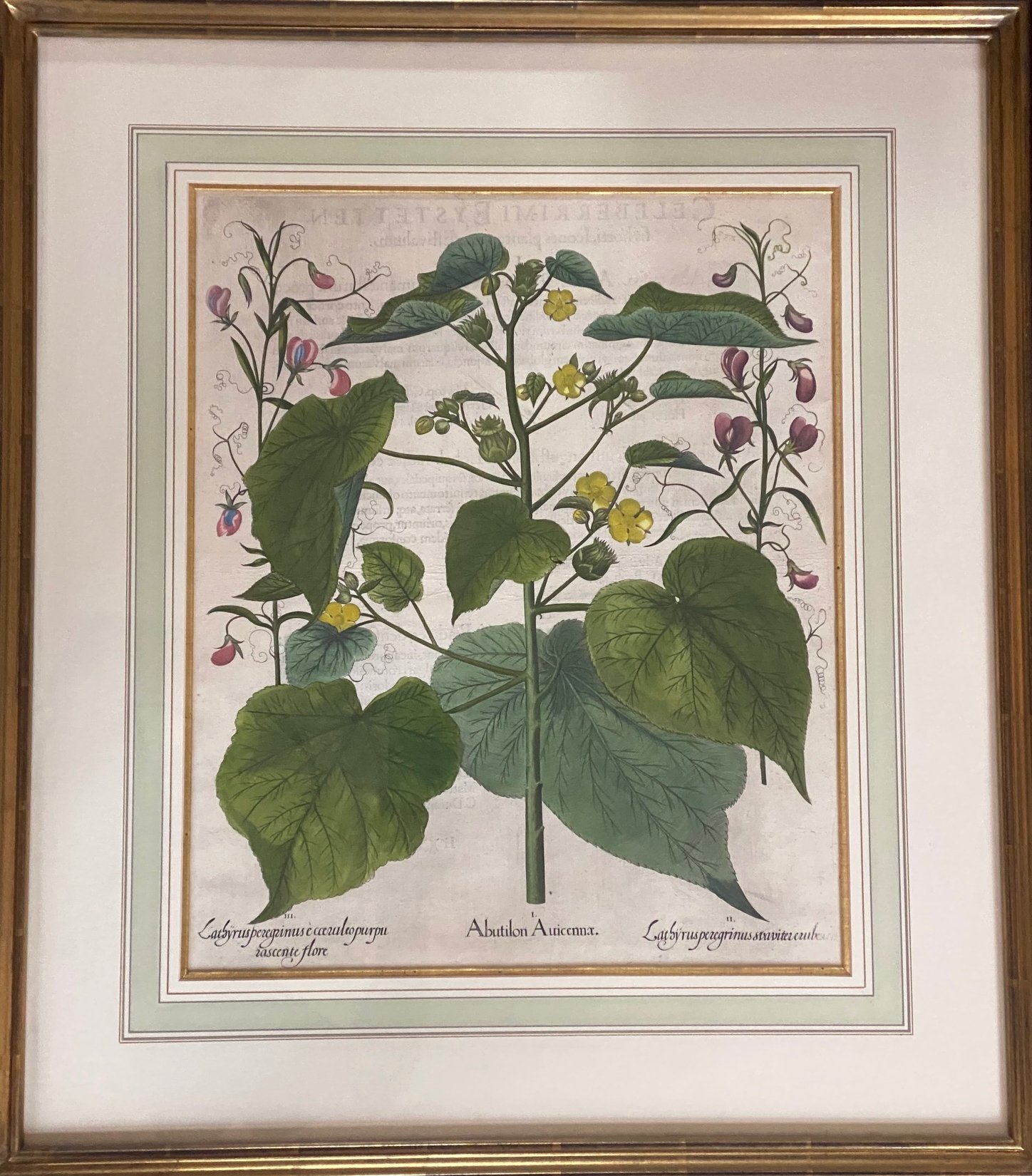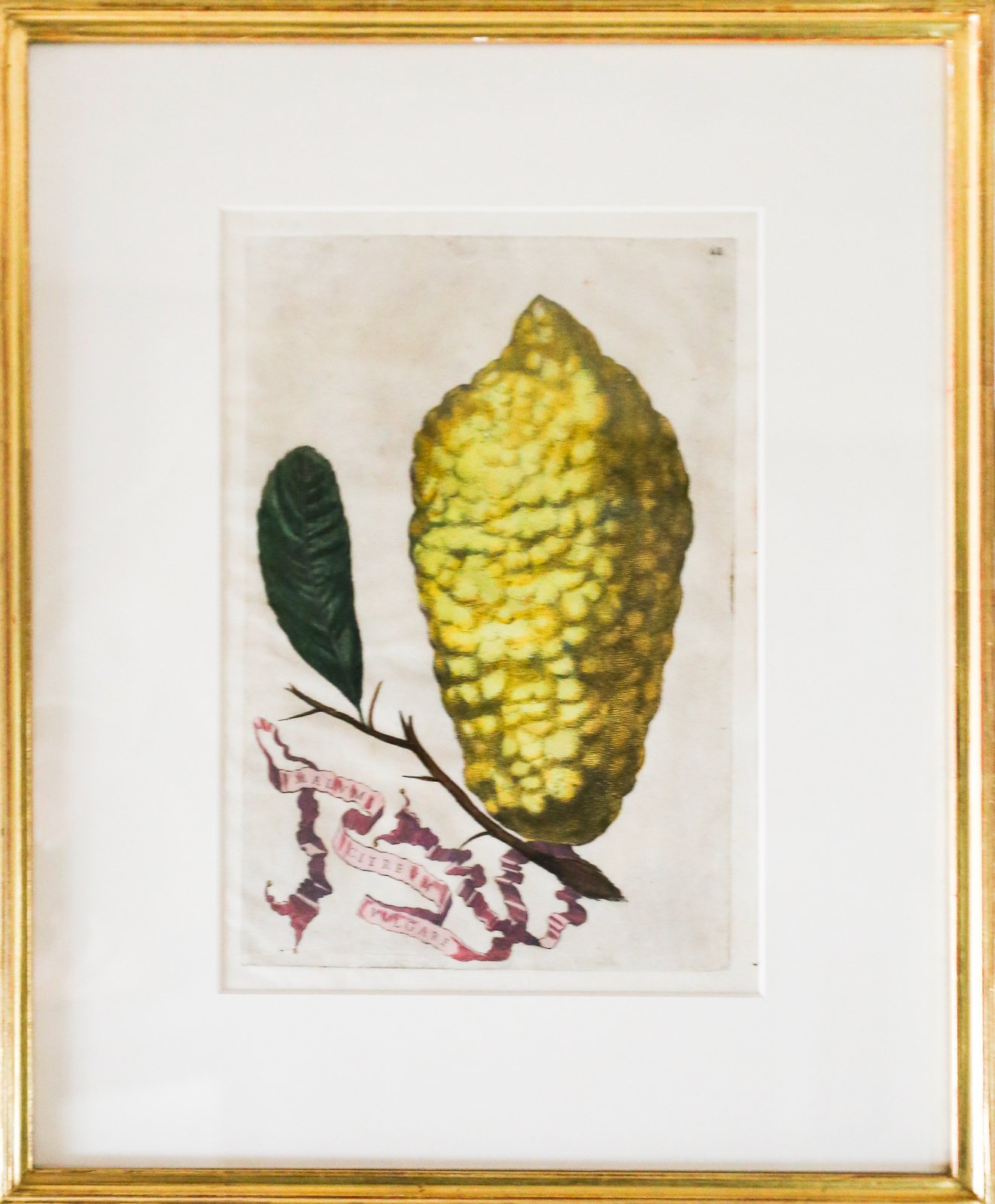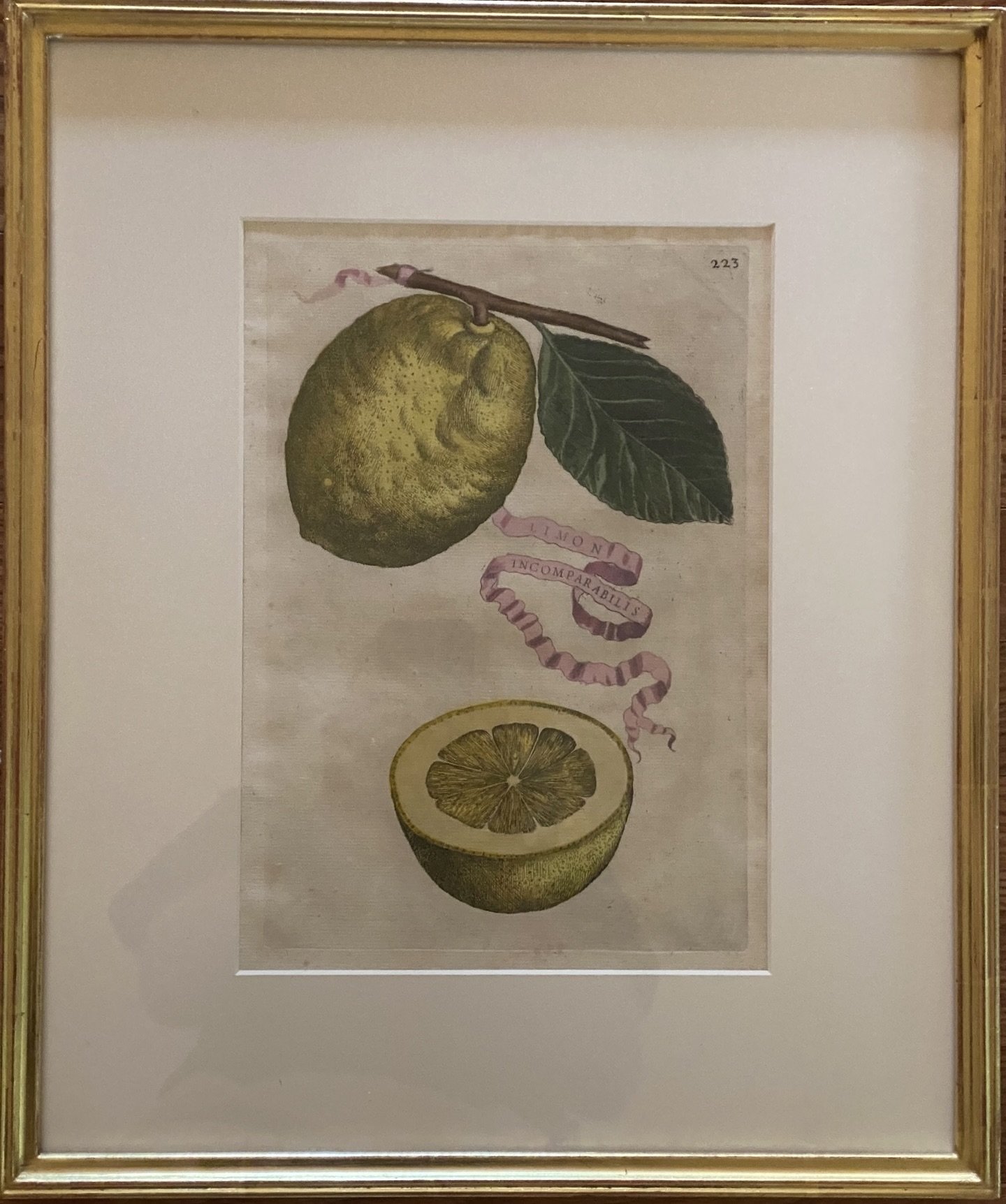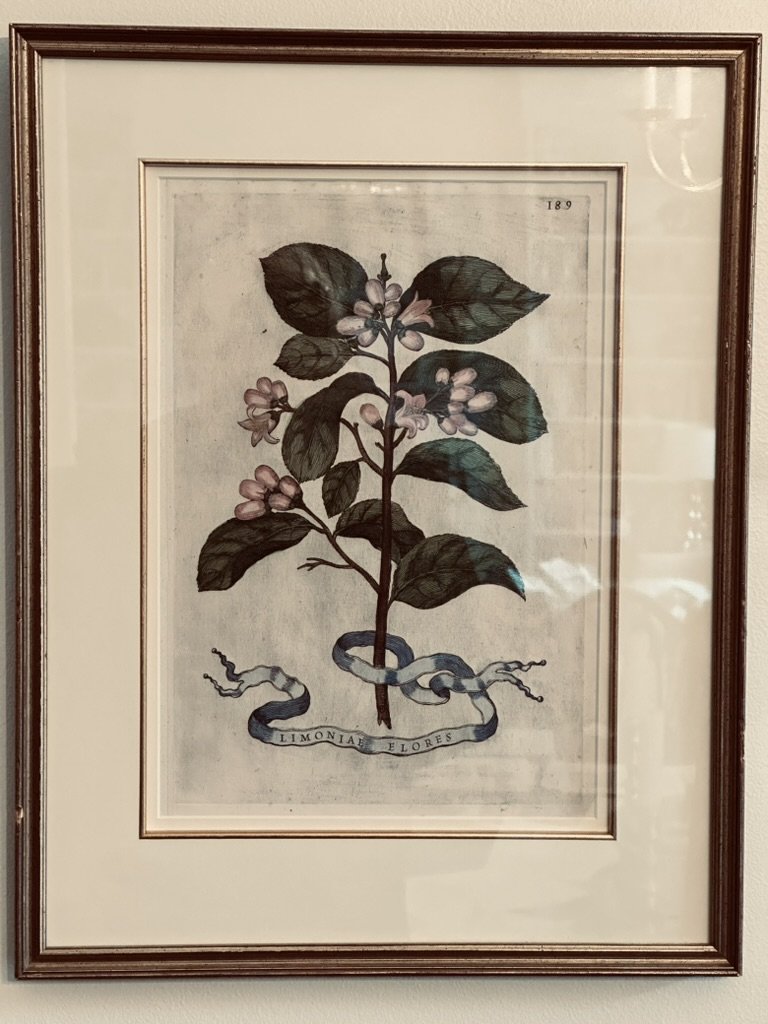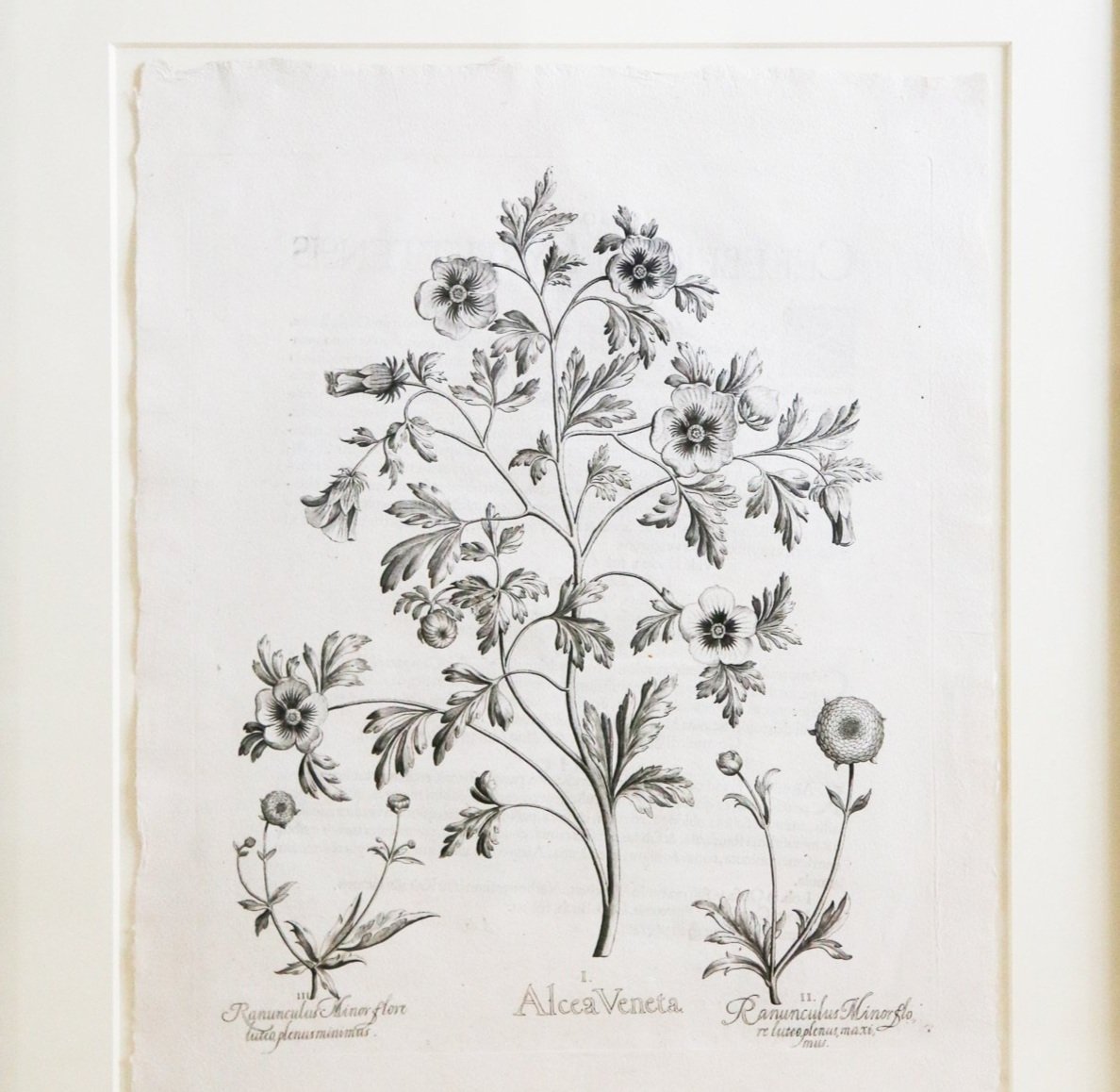
ENGRAVINGS
Below, you'll find our galleries.
Botanicals
Our images from the 17th, 18th, and 19th centuries are distinctive and hard-to-find engravings and bookplates of botanicals, landmarks in American history, and highlights of ancient Greek and Roman civilization.
Basilius Besler
In the early 17th century, apothecary and botanist Basilius Besler (1561-1629) documented the flowering plants of the Bavarian Eichstätt palace garden of Prince-Bishop Johann Konrad von Gemmingen. Besler created the three-volume Hortus Eystettensis, published in 1613, comprising 367 copperplate engravings and detailing thousands of plants. He and a team of skilled engravers depicted the plants at every bloom stage across the seasons. The legacy of Besler's work endures through highly sought-after single-page images. Occasionally, a first edition copy of the Hortus Eystettensis may surface at auction, realizing prices over two million dollars—a testament to its enduring value among collectors and connoisseurs of botanical art. The pieces we offer here are from various editions of the Hortus Eystettensis.
CorneliUs Bloemaert | Giovanni Battista Ferrari
Dutch painter Cornelius Bloemaert (1603-1692) devoted himself to printmaking, focusing on hand-colored fruit engravings. Recognizing his talent, Giovanni Battista Ferrari (1584-1655) assembled and published Bloemaert’s engravings in Hesperides, Sive De Malorum Aureorum culture etude Libri Quatuor (1646). This work was devoted exclusively to life-sized drawings of citrus fruit grown in Rome, embellished with ribbons labeling the specimen names. Ferrari served as the Horticultural Advisor to the Papal family, managing the Barberini Palace garden in Rome. The gardens showed the rarest plants from Asia, Africa, and America. This work became a leading source for botanical definitions.
Johann Christoph Volckamer
Nuremberg merchant Johann Christoph Volckamer (Volcamer, Volkammer) (1644-1720) was the son of a physician who demonstrated his interest in botany by maintaining a garden devoted to exotic citrus fruit at a time when it was unknown north of the Alps. A team of engravers memorialized his multispecies garden through 256 plates of 170 varieties of fruits, published in two volumes in 1708 and 1714. The Nuremberg Hesperides copperplate engravings represent citrus fruit floating above different landscapes, including city panoramas, the countryside of Northern Italy, Nuremberg, and other locales. These accurate botanical illustrations of the gardens where the fruit grew continue to make Volckamer’s work highly sought after.
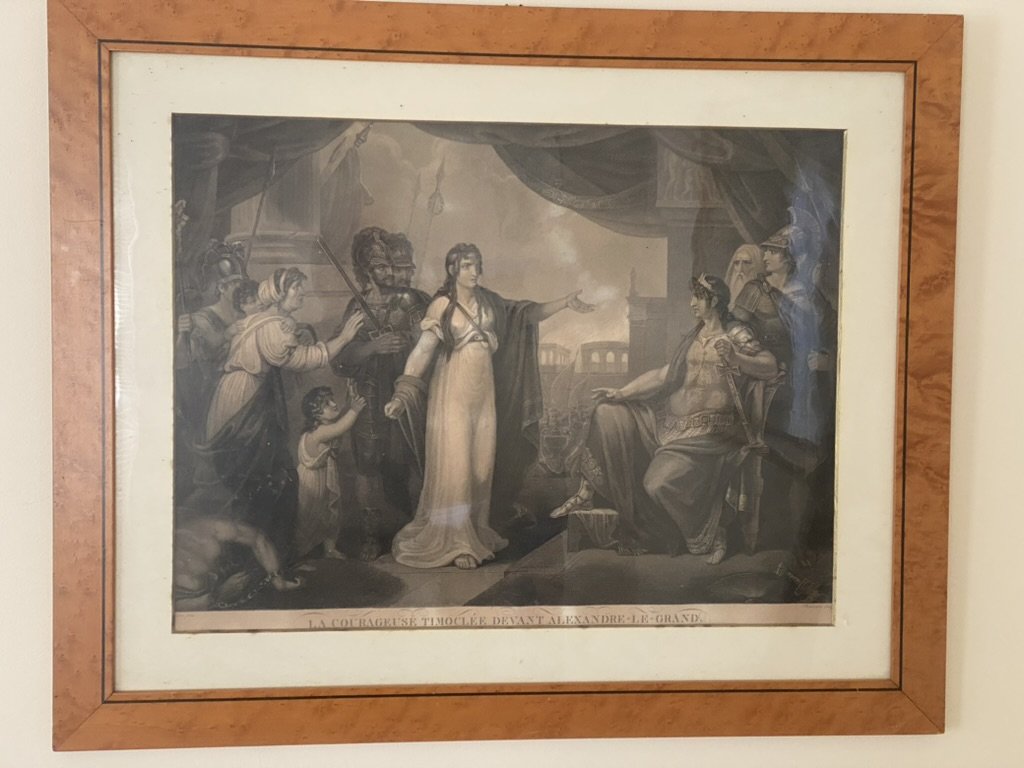
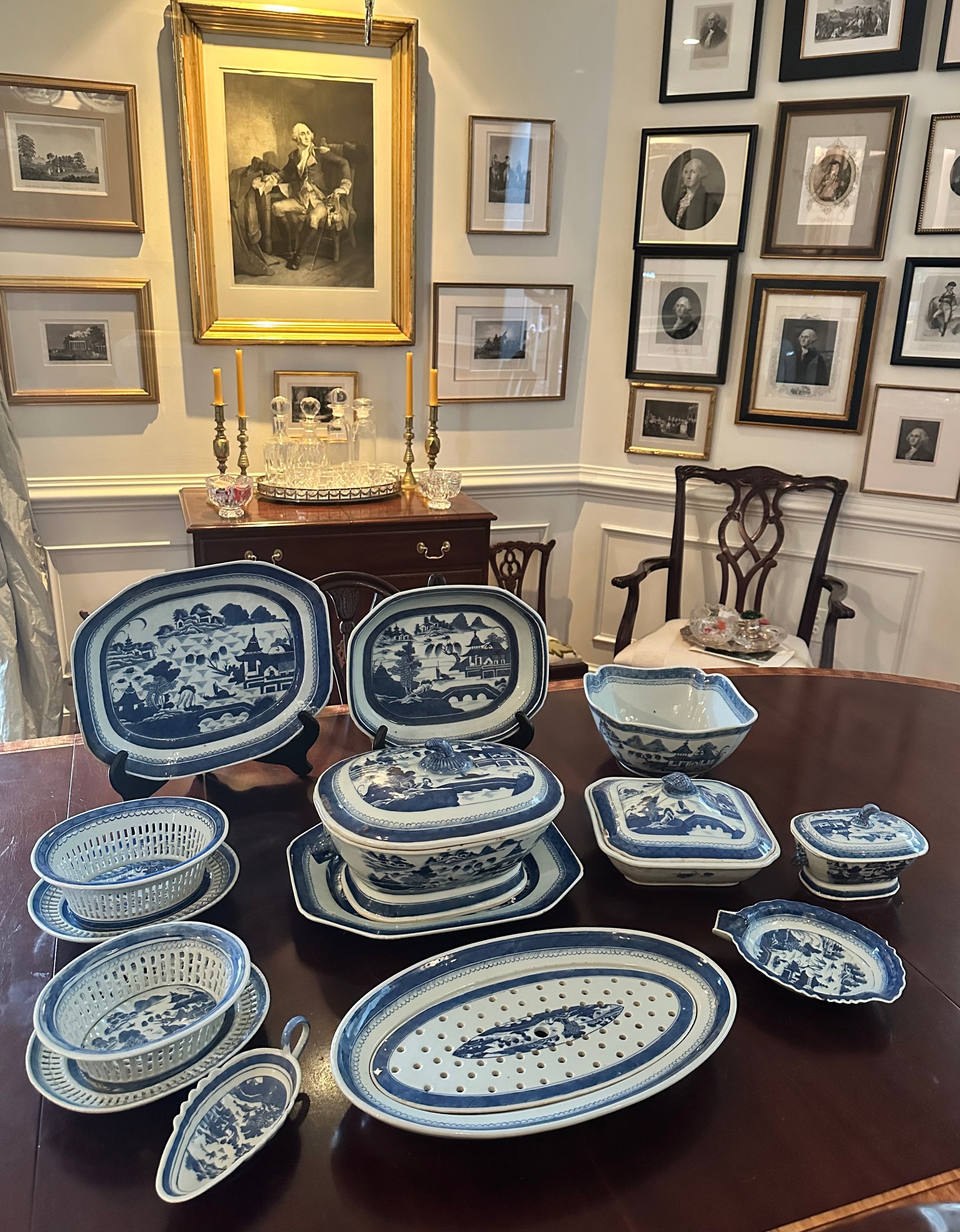
Featured this month -
La Courageuse Timoclée devant Alexandre Le Grand
Engraved by Thouvenin Singleton c.1750, Timocleia of Thebes (Ancient Greek: Τιμοκλεία) is a woman whose story Plutarch tells in his Life of Alexander.
$850.
Chinese export porcelain-
Please inquire about our 19th-century blue and white Canton pieces to add to your collection.
Prices upon request.

